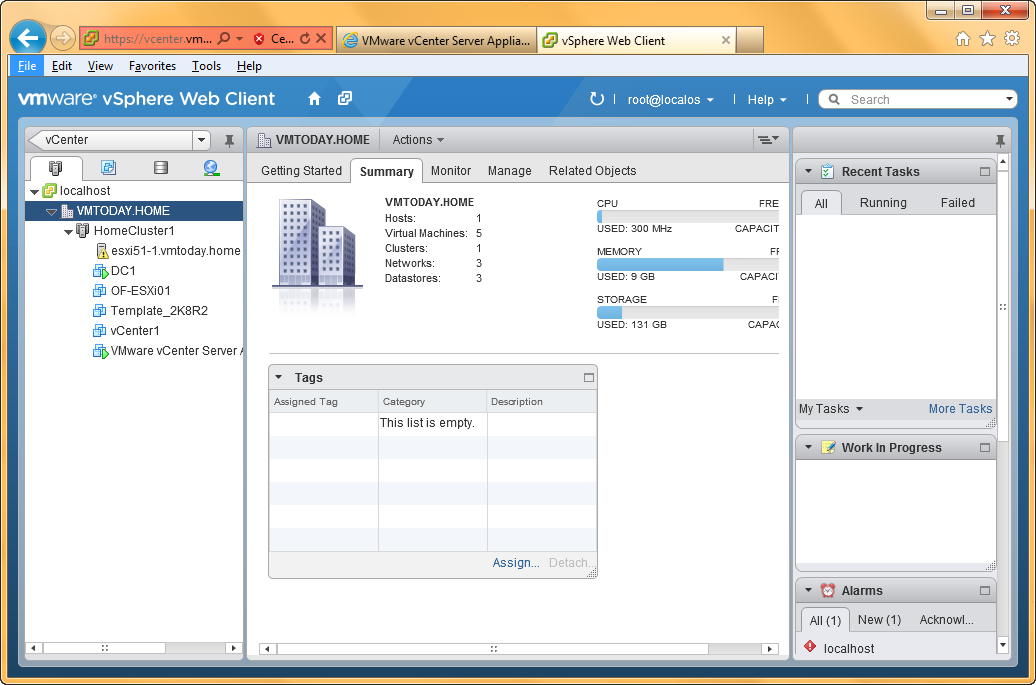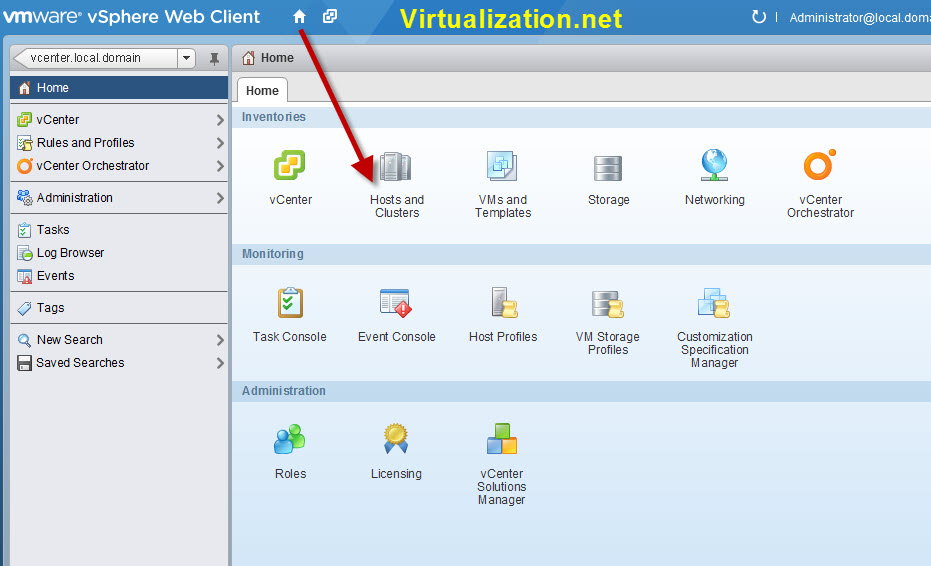

VVols makes storage VM-centric by making the storage arrays aware of individual VMDK files. VVols is a new approach on how storage is deployed, managed and consumed by making the storage VM-centric. Currently we have storage that is LUN- or Volume-centric.

A Virtual Datacenter aggregates CPU, Memory, Storage and Network resources.
Vmware vsphere 5.1 new features update#
For example, some of the new features found in version 6.5 update 1 of the web. VSphere 6.0 goes one step further than resource Pools. VMware introduced vSphere Client with the vSphere 5.1 release in 2012. With vSphere 6.0 vMotion can migrate Virtual Machines across vCenters, virtual switches and routed networks. One note that many customers will like is that the vRam licensing component has been removed, VMware vSphere is licensed per socket again. Through vSphere 5.5, vMotion was limited to the vCenter/Datacenter boundary. Today at VMworld 2012, VMware announced the release of VMware vSphere 5.1 There are quite a few exciting features and general enhancements. Fast checkpointing replaces the Record/Replay technology that was previously used. The SMP-FT called feature uses a fast checkpointing mechanism to keep primary and secondary VMs in sync. vMotion Enhancements (Cross vCenter, long distance, NSX)įault Tolerance is going to support virtual machines with 4 vCPUs and 64GB of RAM.Support for vCenter Server run locally on one of the ESXi hosts in the VSA cluster. Ability to run vCenter Server on a subnet different from a VSA cluster. Here is the list: Support for multiple VSA clusters managed by a single vCenter Server instance. While the beta is still under NDA, VMware has announced some features at their VMworld 2014 conference: VMware VSA vSphere Storage Appliance 5.1.3 many new features. So please stay tuned.The next version of vSphere is currently in public beta state. In the coming weeks, I will dive down into each feature and provide more technical details. vSphere 5. Citrix supports VMware vSphere 5.1, vSphere 5.1 Update 1, vSphere 5.1 Update 2. Going forward with vSphere 5.1 all things on VDS is the way to go !įor more details about all the new features please take a look at the What’s New paper here. Citrix is committed to ensure compatibility with the latest VMware products. With the vRAM memory tax, which debuted with vSphere 5. For me this is by far the coolest feature in the vSphere 5.1 release, as this technology opens up new possibilities and lays the foundation of true portability of virtual machines. VMworld 2012 The most important new feature of the new ESXi 5.1 hypervisor and its related vSphere 5.1 tools that made their debut at the VMworld virtualization extravaganza today is not a feed or speed, but the fact that VMware has dropped the much-hated vRAM memory tax that came out last year with vSphere 5.0.

The Rollback and Recovery and Configuration Backup and Restore features address some of the operational concerns customers had about VDS and thus simplifies the virtual network operational aspects. vSphere 5.1 vMotion enables a virtual machine to change its datastore and host simultaneously, even if the two hosts don’t have any shared storage in common. On April 17, 2018, VMware announced vSphere 6.7 focusing on simple and efficient management at scale, further improved security features. On October 18, 2016, VMware announced vSphere 6.5 focusing on a simplified experience and improving security features. The main thing I would like to highlight is that the operational improvements in VDS will help customers to go away from the hybrid virtual switch design approach, where management traffic is carried on vSphere Standard Switch (VSS) and all other traffic flows through vSphere Distributed Switch (VDS). On February 3, 2015, VMware announced vSphere 6.0 with many new features and enhancements. The following diagram provides a list of new features in different categories With the release of VMware vSphere 5.1, VMware brings a number of powerful new features and enhancements to the networking capabilities in the VMware vSphere platform.


 0 kommentar(er)
0 kommentar(er)
